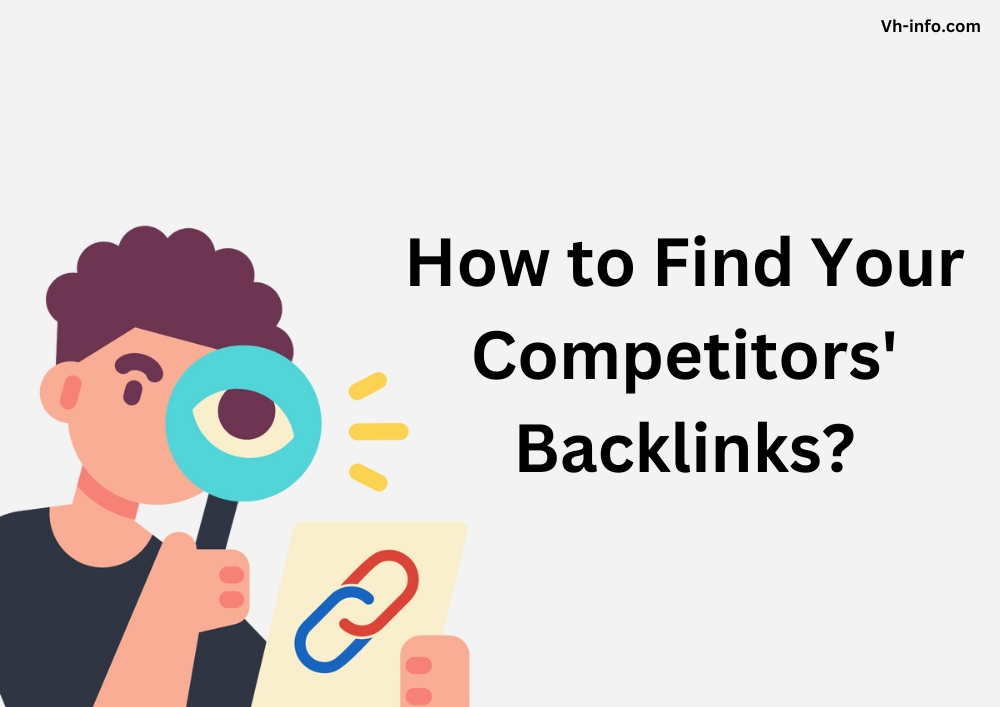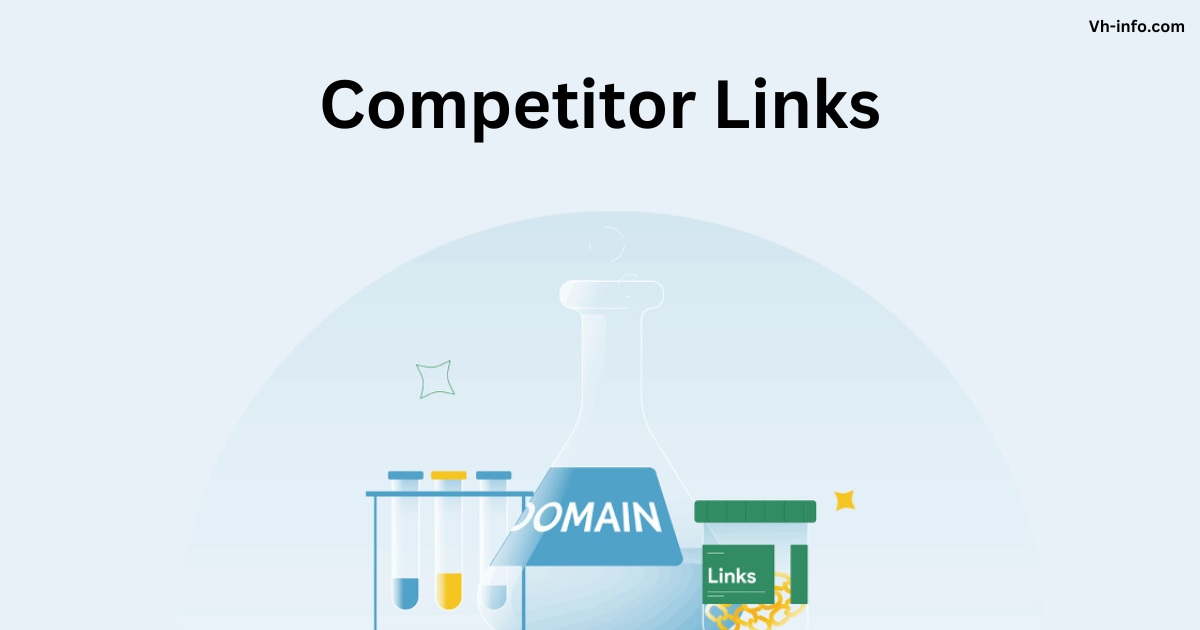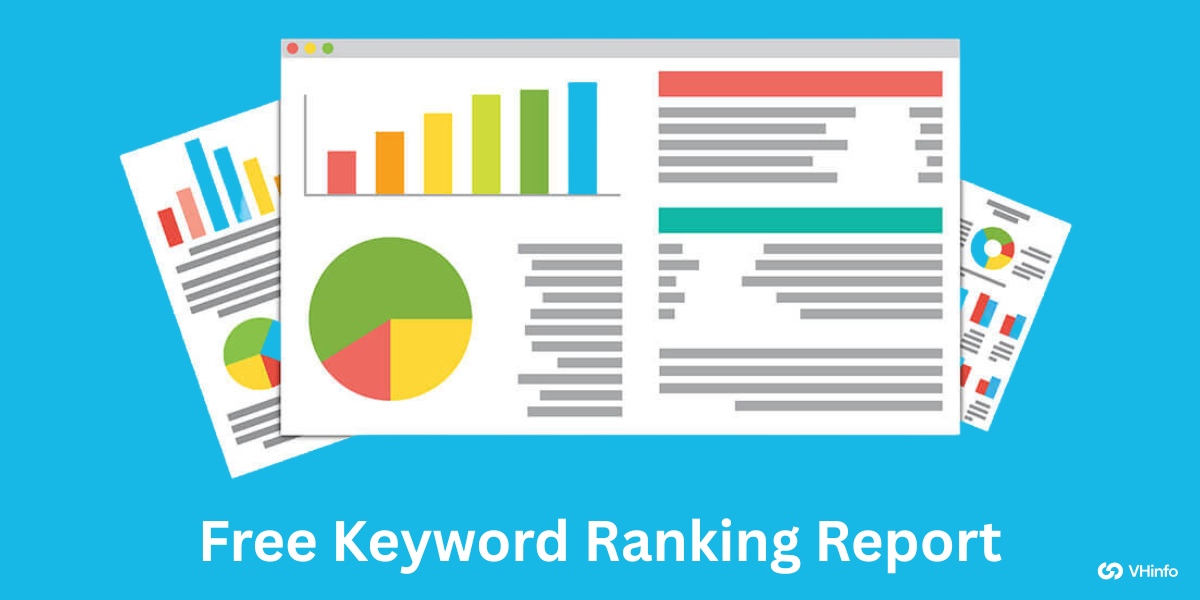In the competitive world of SaaS, a strong backlink profile is important for improving search engine rankings and driving organic traffic. One effective strategy is analyzing your competitors’ backlinks to identify valuable link-building opportunities.
In this comprehensive guide, we’ll explore the importance of competitor link analysis and provide actionable steps to help you outrank your rivals in search results.
What Are Competitor Links?

Competitor links refer to the backlinks pointing to your competitor’s websites. These are the links that help boost their search engine rankings and drive referral traffic. Analyzing these links, you can gain valuable insights into their link-building strategies and identify opportunities to acquire similar high-quality links for your website.
Why Do Competitor Links Matter For SEO?

Backlinks are a key factor in search engine optimization (SEO). They act as votes of confidence, signaling to search engines that other websites find your own content valuable and relevant. The more relevant and high quality backlinks you have, the higher your website is likely to rank in search engine results.
By studying your competitors’ backlinks, you can:
- Identify link opportunities you may have missed
- Discover new content ideas and strategies
- Improve your link building efforts
- Boost your search engine rankings and organic traffic
Two Types of Competitors
When analyzing competitor links, it’s important to consider two types of competitors:
- Domain-Level Competitors: These are websites that compete with you for overall search visibility in your niche. They may offer similar products or services and target the same audience.
- Page-Level or Keyword Competitors: These are websites that rank for specific keywords or topics you’re targeting. They may not be direct business competitors, but they compete with you for search rankings on particular pages or pieces of content.
How to Find Your Competitors’ Backlinks?

Follow these steps to uncover your competitors’ backlinks:
1) Find Your Competitors
Start by identifying your main competitors. Divide them into two groups:
- Group One: Page-Level Competitors: Use a keyword research tool to find websites ranking for your target keywords. Look at the top search results for your main keywords and note down the domains.
- Group Two: Domain-Level Competitors: Identify businesses offering similar products or services in your niche. You can use industry reports, social media, or simply search for “[your niche + competitors.”
2) Perform a Competitor Backlink Analysis
Use a backlink checker tool like Ahrefs, SEMrush, or Moz to analyze your competitors’ backlink profiles.
Look at metrics such as:
- Number of referring domains
- Domain authority of linking websites
- Anchor text used in backlinks
- Types of linking pages (e.g., blog posts, resource pages, etc.)
This will give you an overview of their link-building strategies and the types of websites linking to them.
3) Discover Competitor Link Strategies
Dive deeper into your competitors’ backlinks to identify patterns and strategies they use to acquire links.
Some common tactics include:
- Expert Roundups: Participating in or creating expert roundups on relevant topics.
- Niche Edits: Adding links to existing content on relevant websites.
- Blog Roundups: Getting featured in weekly or monthly blog roundups in your niche.
- Guest Posts: Publishing guest posts on relevant, authoritative websites as a part of your outreach campaign.
- Find Guest Post Opportunities: To find guest post and backlink opportunities: Search for “[your niche + write for us” or “[your niche + become a contributor” and Check your competitors’ author bios and look for sites they’ve written for.
- Pitch Your Ideas: Reach out to website owners with personalized, value-added guest post ideas.
- Directories and Forums: Getting listed in niche-specific directories or participating in relevant forums.
- Use This Information to Inform Your Strategy: Analyze which tactics are working well for your competitors and consider including them in your link-building strategy.
4) Do a Reverse Image Search
Use Google’s reverse image search to find websites using your competitors’ images, infographics, or charts. Reach out to these websites and offer them your valuable visual content in exchange for a link.
5) Narrow Down Your Targets by Focusing on Quality Websites
Not all backlinks are created equal. Prioritize acquiring links from high-authority, relevant websites in your niche.
Look for websites with:
- High domain authority
- Relevant content and audience
- Engaged readers and social media followers
- Regular updates and high-quality content
How to Evaluate Competitor Backlinks?

When analyzing competitor backlinks, consider the following factors:
- Backlink Quality: Focus on links from authoritative, relevant websites. Avoid spammy or low-quality links that could harm your SEO.
- Backlink Placement: Links within the main content are generally more valuable than those in the footer or sidebar.
- Backlink Relevance: Links from websites and pages related to your niche are more valuable than those from irrelevant sources.
- Backlink Count: While the number of backlinks is important, quality should always take precedence over quantity.
Competitor Backlink Strategies

Now that you’ve identified valuable competitor backlinks, it’s time to acquire similar links for your website.
Here are some effective link building strategies:
- Broken Link Building: Find broken links on websites linking to your competitors. Reach out to the website owner and offer your type of content as a replacement.
- Unlinked Brand Mentions: Monitor the web for mentions of your brand or products without a link. Contact the website owner and request a link to be added.
- Skyscraper Technique: Find popular content in your niche and create an even better, more comprehensive version. Reach out to websites linking to the original content and ask them to link to your improved version.
- Guest Posting on Linking Sites: Identify websites that frequently link to your competitors and pitch them high-quality guest post ideas.
- Resource Link Building: Create valuable resources like guides, tools, or templates and promote them to websites in your niche. Offer them as a helpful addition to their existing website’s content.
- Monitoring Competitor Backlinks Over Time: Competitor link analysis is an ongoing process. To stay ahead, regularly monitor your competitors’ new backlinks and adjust your strategy accordingly.
- Set Up Backlink Alerts: Use seo tools like Ahrefs, Google Alerts or any other backlink analysis tool to get notified whenever your competitors acquire new backlinks.
- Identify Trends and Patterns: Look for patterns in your competitors’ new backlinks. Are they focusing on specific types of content or websites?
- Adapt Your Link-Building Strategy: Based on your findings, refine your link-building strategy to stay competitive and acquire high-quality links.
FAQ’s:
How Often Should I Analyze My Competitors’ Backlinks?
It’s recommended to conduct a thorough competitor backlink analysis at least once a quarter. However, setting up backlink alerts can help you stay informed about new links in real time.
What Are The Benefits of Analyzing Competitor Backlinks?
Analyzing competitor backlinks helps you identify valuable link opportunities, discover new content ideas, and refine your link building strategy to improve your search engine rankings.
Can I Replicate My Competitor’s Backlink Profile?
While it’s not advisable to copy your competitor’s backlink profile exactly, you can use their links as inspiration to identify similar opportunities and acquire high-quality links from relevant websites.
What Metrics Should I Look At When Evaluating Competitor Backlinks?
Focus on metrics such as domain authority, relevance, placement, and anchor text when evaluating competitor backlinks. Prioritize links from high-quality, relevant websites.
What Should I Do if I Can’t Acquire Similar High-Quality Links?
If you struggle to acquire links from the same websites as your competitors focus on creating unique, valuable content that attracts links naturally. Explore alternative link-building strategies tailored to your niche and target audience.
How Can I Prioritize Which Competitor Backlinks to Pursue First?
Prioritize backlinks from high-authority, relevant websites that are likely to drive targeted traffic to your website. Consider the effort required to acquire each link and start with the most feasible opportunities.
Is it Possible to Have Too Many Backlinks From The Same Sources As My Competitors?
While it’s important to acquire backlinks from similar high-quality sources as your competitors, avoid overreliance on the same websites. Diversify your backlink profile to maintain a natural, balanced link distribution.
What Are Some Quick Wins in Competitor Link Building?
Some quick wins include broken link building, unlinked brand mentions, and resource link building. These strategies can help you acquire valuable links with minimal effort.
How to Maintain Your SEO Growth Through Continuous Competitor Analysis?
To maintain your SEO growth, regularly monitor your competitors’ backlinks, identify new opportunities, and adapt your link building strategy accordingly. Stay proactive in your approach and continually seek out high-quality link opportunities.
Conclusion
Competitor link analysis is a powerful tool in your SaaS SEO arsenal.
By understanding your competitors’ backlink profiles and strategies, you can identify valuable link opportunities, refine your approach, and ultimately boost your search engine rankings.
Remember to focus on quality over quantity, regularly monitor your competitors, and adapt your strategy as needed.
With a data-driven, proactive approach to competitor link building, you’ll be well on your way to outranking your rivals and driving sustainable organic growth for your SaaS business.


